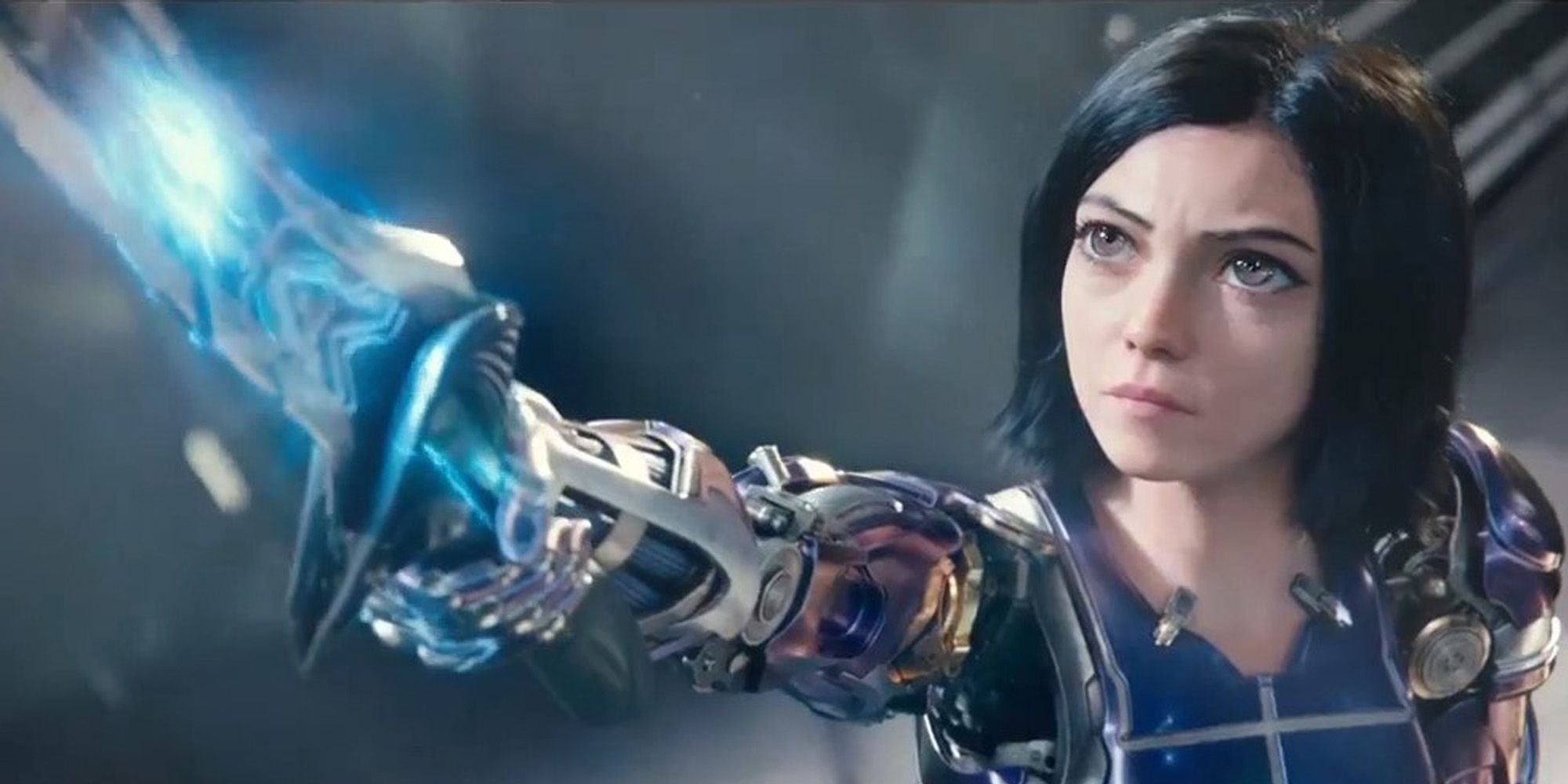The process of replacing a part of an organic creature's body with robotic technology is almost as central to science fiction as time travel or the depths of space. Something about the blending of humanity and machine to create something new and incredible has captured the imagination of writers for generations.
Horror icon Edgar Allan Poe is credited with the first literary example of a cyborg, as his 1839 tale "The Man That Was Used Up" featured a war hero whose body had to be assembled piece by piece. Almost two centuries later, the concept has evolved into everything from weaponry, to medicine, to the key to human evolution.
In a work of science fiction, cybernetics are either a central tenant of the world's storytelling or an excuse to allow the writer whatever fantastical happenings they need to occur. In many cases, cybernetic prosthesis exists as a way for characters to suffer immense injury, but later rebound and be useful in future conflicts. In a fantasy story, magic is an all-purpose plot solution that can do whatever the writer needs it to do. Sci-fi writers can abuse cybernetics in much the same way. In any given work, cybernetics can replace a damaged body part, give a person superhuman power, grant an animal sapience, and much more. Despite the theoretically endless variety, there are a few themes that generally pop up in every story on the subject.
If cybernetics aren't a central aspect of a sci-fi narrative, then it's a means to an end. Most examples in big-budget sci-fi follow this sort of arrangement. Maybe a single character wields a cool robot arm, maybe a character suffered a grievous injury in battle and makes use of cybernetic prosthesis. The Star Wars franchise features plenty of cybernetic limbs, but they can rarely be described as enhancements. Most of Darth Vader's body is cybernetic, but, what additional benefit it gives him falls short of its drawbacks. Ditto Luke's right arm, which was replaced with a metallic hand that mostly just replaces his previous hand. In a series that made many of the most iconic weapons and tools in science fiction history famous, it's strange that they never capitalize on this concept.
The Marvel Cinematic Universe is known for being a smorgasbord of concepts from different genres and fictional worlds, and the way it treats cybernetics is no different. Bucky Barnes lost his arm in the long process of being rebuilt after his presumed death, and the monsters who brainwashed him also fitted him with a metal arm. His arm is the most unique thing about his suite of abilities, so it's the most central aspect of his action scenes. Conversely, Rocket Raccoon is what he is through a combination of genetic and cybernetic enhancement. The metal rig in his spinal cord grants him his upright gait and enhanced intelligence. It's mentioned very briefly, but the unethical experiments that created him are a fascinating aspect of the franchise's universe. The limited philosophical exploration of the concept comes in his classic catchphrase "ain't no thing like me, 'cept me". He may have once been like every other raccoon, but, through cybernetics, he's something else entirely. This is the lightest possible dip of the toe in the pool of philosophy that surrounds this concept.
In any sci-fi work that places cybernetic enhancement at the center of its fictional universe, the central concern is how replacing organic material with technology affects identity. If mankind can replace everything they have with steel and wires, are they still human? This is the basic underlying question of everything from Cyberpunk to Altered Carbon, to three-quarters of Black Mirror and beyond. This concept is philosophically interesting, raising questions about the role of the body and the metaphysical concept of the soul. Some would argue that with the power of the internet, handheld and wearable tech, and how technology informs modern life, most of us are already cyborgs. Cybernetics in fiction take that idea and crank it up to eleven by increasing the power of the technology and rooting it more firmly in the human genome.
There are some troublesome aspects of the way cybernetics are portrayed. Questioning mankind's relationship to technology becomes challenging when the machinery that gives a person the power of a god gives another the ability to walk or breathe. Sometimes cybernetics cause mental illness, a deeply unpleasant suggestion that requiring medical devices or prosthesis makes a person less whole or less human. A smart work of science fiction might ask what evil and what good could come of a human melding with the machine. A less intelligent or less curious text might simply point at the bad things some people do with futuristic tools and write off the entire scientific discipline.
There are countless examples of both because this is one of the most common questions in all of science fiction. Mankind was asking whether their relationship with technology was healthy when the telescope was groundbreaking. We'll all have to wait and see how that conversation evolves when the companies release an iPhone that fits within the brain.



